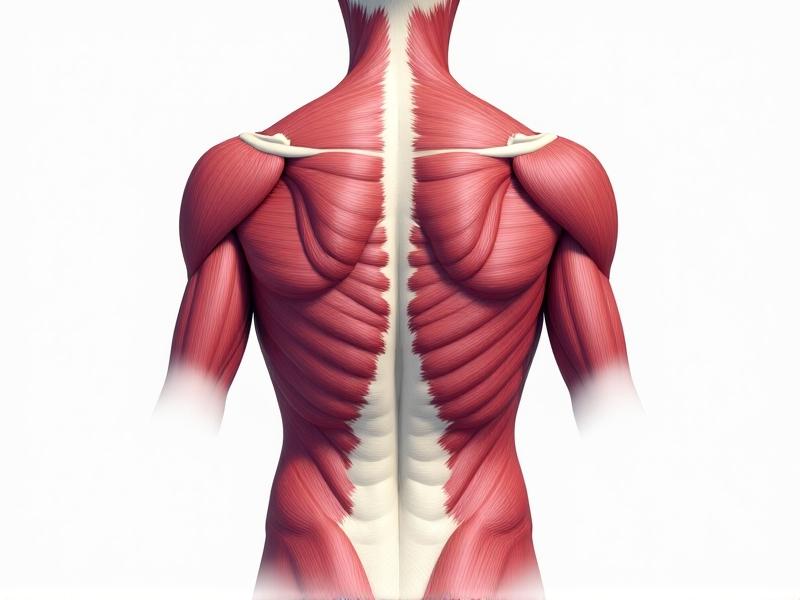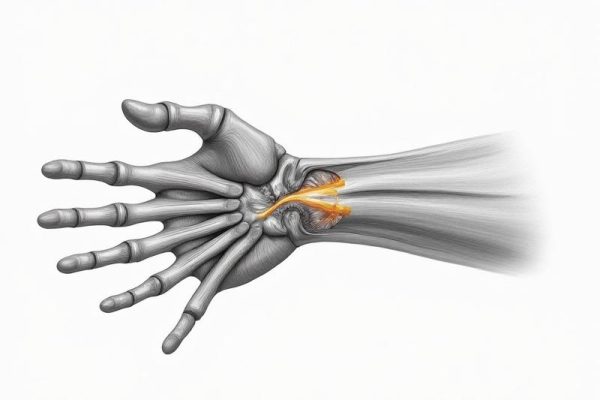```html
Understanding Postural Muscle Endurance: The Foundation of Alignment
Postural muscle endurance refers to the ability of specific muscles to sustain low-level contractions over extended periods, maintaining proper alignment against gravity. Unlike strength, which focuses on short bursts of power, endurance ensures these muscles—like the deep core, erector spinae, and scapular stabilizers—can function efficiently during daily activities. Think of it as the stamina required to hold a plank versus lifting a heavy weight. Without endurance, even strong muscles fatigue, leading to slouching, rounded shoulders, or spinal misalignment. This foundational concept bridges fitness and functional movement, emphasizing longevity over intensity.

Why Postural Endurance Matters for Overall Health
Poor posture isn’t just an aesthetic concern—it’s a biomechanical liability. When postural muscles lack endurance, compensatory patterns emerge: the neck juts forward during screen time, the lower back arches excessively, or the hips tilt anteriorly. Over time, these misalignments strain joints, compress nerves, and reduce lung capacity. Research links chronic poor posture to headaches, reduced mobility, and even diminished confidence. Building endurance in postural muscles acts as preventive care, reducing injury risk and enhancing respiratory efficiency. It’s the unsung hero of holistic well-being.

Key Muscles Involved in Sustaining Proper Alignment
The deep core muscles—transverse abdominis, multifidus, and pelvic floor—form a corset-like support system for the spine. The erector spinae group along the spine’s length prevents excessive rounding, while scapular stabilizers like the lower trapezius and serratus anterior keep shoulders pulled back. Neglecting these often-underworked muscles leads to imbalances. For instance, weak deep core muscles force superficial muscles like the rectus abdominis to overcompensate, creating tension. Understanding this interplay helps tailor workouts that target endurance rather than bulk.

Effective Exercises to Build Postural Stamina
Isometric holds are gold standards for endurance. The plank variations (forearm, side) engage the entire core. The bird-dog exercise challenges spinal stabilizers while improving coordination. Wall angels—sliding arms up and down while maintaining spinal contact—strengthen scapular muscles. For beginners, seated marches (lifting knees alternately while sitting upright) build awareness without strain. Aim for 30-60 second holds or 12-15 reps, prioritizing control over speed. Consistency trumps intensity here; daily micro-sessions yield better results than sporadic marathons.

Common Mistakes That Undermine Postural Training
Overarching the lower back during planks or clenching the neck in shoulder exercises are frequent errors. Another pitfall is breath-holding, which spikes intra-abdominal pressure and disengages the deep core. Many also neglect antagonist muscles; for example, overworking chest muscles without balancing upper back work perpetuates rounded shoulders. Lastly, rushing through movements sacrifices form. A mindful approach—checking alignment in mirrors or via video—helps correct these habits early.
Integrating Postural Endurance into Daily Life
Set hourly reminders to reset your posture: squeeze shoulder blades together, tuck the chin, and engage the core. Choose chairs with lumbar support, or use a rolled towel. During walks, focus on pushing off with the glutes rather than leaning forward. Even brushing teeth can become a mini-workout—stand on one leg to challenge balance. These micro-interventions accumulate, transforming posture from a conscious effort into second nature.
Tracking Progress: How to Measure Postural Improvements
Use a wall test: stand with heels, glutes, shoulders, and head touching the wall. The gap between your lower back and wall should be minimal (about a hand’s width). Photograph your posture monthly from front, side, and back views. Functional tests include timing how long you can hold a bird-dog or plank with proper form. Wearables like posture-correcting devices provide real-time feedback, while apps analyze spinal alignment via smartphone cameras.
The Mind-Body Connection in Postural Resilience
Stress manifests physically as tightened traps or a clenched jaw. Mindfulness practices like yoga nidra or diaphragmatic breathing relax these tension hotspots, allowing postural muscles to function optimally. Visualization techniques—imagining a string pulling the crown of your head upward—enhance body awareness. This synergy between mental calm and physical alignment fosters sustainable endurance, proving posture is as much about mindset as muscle.




